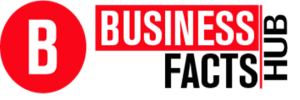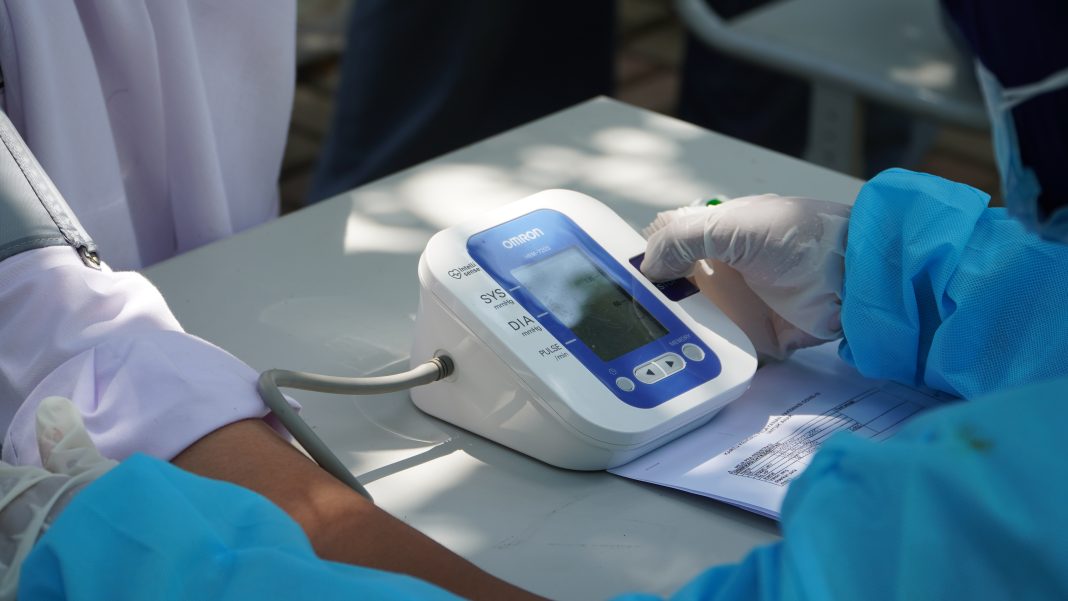With CMS-approved CPT codes, remote patient monitoring (RPM) can be a valuable revenue stream. But navigating the complexities of billing and reimbursement can be challenging.
For example, the new RPM CPT Code 99091 reimburses for non-face-to-face physician-patient interactions that last more than 20 minutes and are interactive. This includes patient device self-measurements, data collection and transmission, and information interpretation.
CPT Codes for RPM
Many payers, including Medicare, reimburse for remote patient monitoring (RPM) services. However, providers must ensure they’re coding correctly and meeting payor requirements.
RPM is a healthcare delivery model that uses tech to monitor patients outside the clinic or office in conjunction with care management services. It includes remote patient monitoring of key vital signs, as well as the use of medical-grade devices to collect and transmit data.
To bill for these services, the telehealth vendor should have a clear and effective process for promoting patient engagement and ensuring data is securely transmitted. This should include automated time-tracking tools integrated with the provider’s workflow and a robust communication platform with features like live-calling and texting capabilities to facilitate interaction and increase adherence.
A robust analytics platform can help the team uncover patterns and identify non-adherence through missed readings or low participation. This information can then be used to determine the root cause of the issues and offer solutions.
CPT Codes for EKG
The new remote patient monitoring CPT codes better reflect how physicians can leverage affordable, wireless devices to track physiologic data and manage patients more proactively. They also include reimbursement for initial setup, patient education and use of equipment.
These treatment-management CPT code sets (99453, 99454, and 99457) reimburse physicians/QHPs for 20 minutes of RPM clinical time per month to review a minimum of 16 days of remotely collected physiologic data that may be used for treatment management decisions. The time spent studying this data is separate from the time spent on interactive communication with patients and caregivers, which must be recorded for all RPM services using these code sets.
The RPM code 99091, unbundled from the other four codes in 2018, covers the standalone collection and interpretation of remotely collected physiologic data. This is considered an Evaluation and Management service so that it can be billed only by physicians/QHPs, not general clinical staff.
CPT Codes for Blood Pressure
If your patients are under treatment for hypertension, you can bill CPT codes 99473 and 99474. These codes reimburse practice expenses for devices and supplies and clinical staff time.
99473 covers initial setup and patient education on using a self-measured blood pressure (SMBP) device validated for clinical accuracy to record their systolic and diastolic readings. The code requires a minimum of 12 measurements per billing period.
99457 covers interpreting remote monitoring physiologic data, communicating with the patient via telehealth services or in person, and overseeing management and service coordination. This code must be followed by the appropriate add-on code for each additional 20 minutes spent on these tasks in a 30-day calendar month.
CPT Codes for Heart Rate
The new CPT codes for remote therapeutic monitoring (RTM) allow healthcare providers to record non-physiologic data collected by medical devices, such as indicators like therapy/medication adherence and therapy/medication response. These RTM-specific CPT codes are considered Evaluation and Management (E/M) services and may only be billed by physicians or E/M-eligible non-physician practitioners.
CMS also established two other remote patients monitoring CPT code sets that are more specific to tracking a device and its readings. These are intended to cover the practice’s expense costs associated with a device and clinical staff time spent reviewing the information gathered by patients.
These codes are a great way to track reimbursement for your remote patient monitoring platform, but remember that you must meet the minimum 20 minutes of service requirements each month to receive Medicare reimbursement. To learn more about these codes, click the links above to read the relevant CMS commentary in the 2021 Physician Fee Schedule Final Rule.










